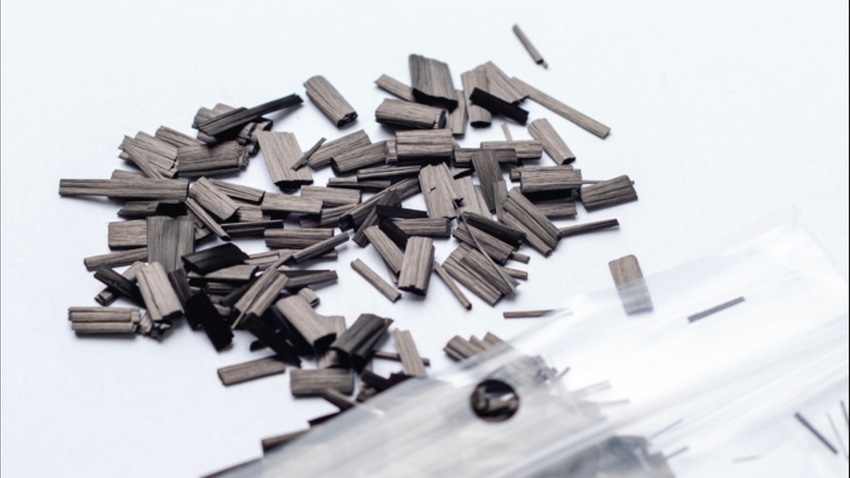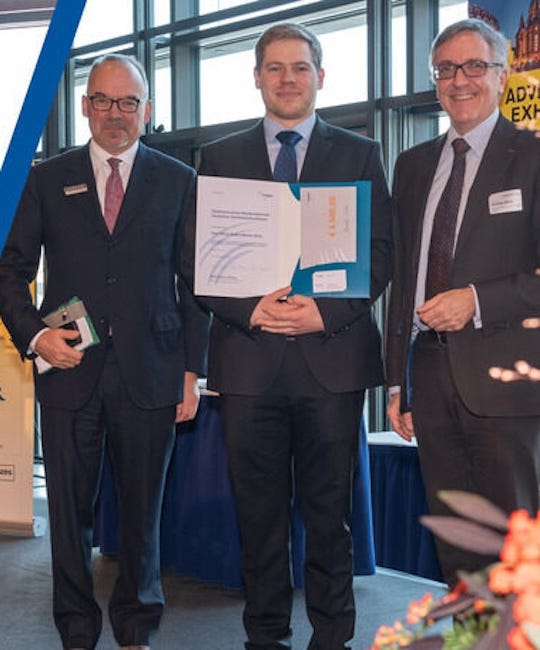Flexible Thermoplastic Composites Get Carbon-Fiber Treatment
Italian compounder Xenia combines elastomers with fiber reinforcement, creating novel opportunities for product designers.
January 10, 2024

At a Glance
- Glass-fiber-reinforced grades also available
- Materials open design windows for lightness, rigidity, and impact resistance
- German researcher develops low-cost route for carbon-fiber production
Italian compounder Xenia has developed a range of flexible thermoplastic composites under its Soft Materials portfolio that are reinforced with carbon as well as glass fibers. The range has been conceived with the intent to offer a range of polymeric resins having different physico-mechanical properties but sharing intrinsic elasticity.
Reinforced with carbon- as well as glass-fiber, the Soft Materials family offers a range of technical solutions in terms of lightness, rigidity, and impact resistance extending to low temperatures, according to Xenia. The supplier adds that lower cost is attained “thanks to future ultra-thin carbon fibers.”
The Soft Materials range includes compounds based on polyurethane (TPE-U) and styrenic (TPE-S) elastomers. Shore hardness ranges between 66 and 72.
Low-cost carbon fiber
In an unrelated development, a researcher at the Institut für Textiltechnik (ITA) of RWTH Aachen University in Germany has proposed a method to manufacture polyethylene-based carbon fibers that are two to three times thinner than conventional materials. The researcher showed how the use of polyethylene-based precursors can potentially reduce the price of carbon fibers by 50% in the future.

Researcher Flávio André Marter (center) of RWTH Aachen University was awarded the prize for best diploma/master's thesis in German textile mechanical engineering. He proposed a low-cost method to manufacture polyethylene-based carbon fibers. Image courtesy of RWTH Aachen University.
For his master's thesis, "Investigation of the stabilization and carbonization process for the production of ultra-thin polyethylene-based carbon fibers," Flávio André Marter was awarded the prize for the best diploma/master's thesis in German textile mechanical engineering and received €3,500 ($3860).
Further advantages of the proposed process include excellent surface quality without any noticeable structural deficits and a 25% reduction in the time-consuming sulfonation process. These major advantages could pave the way for a wider range of applications for carbon fibers in key industries such as wind power, automotive, and aerospace.
About the Author(s)
You May Also Like




